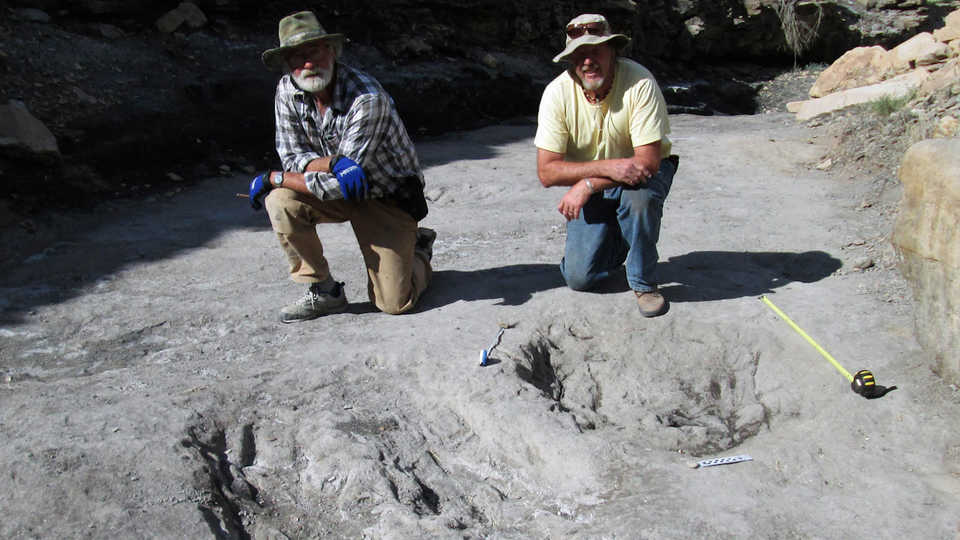Science News
Monday Bites: Sharks’ Sense of Smell and Dancing Dinos

#tardigate
Last week we posted a story about the large amount of borrowed DNA, or horizontal gene transfer (HGT), that appeared in tardigrades, one of our favorite extreme forms of life. Right after the posting, I was called out on Twitter for not reporting on #tardigate, where a group of Scottish scientists rebutted the claim and the publication I covered.
One sixth of the tardigrade genome, or 6,600 genes, appeared to transfer from bacteria, according to the first paper, but the rebuttal says it's more like 36-500, more aligned with other animal genomes. The Scottish scientists claim contamination mixed up the original findings. So which results are correct? Ed Yong has an excellent evaluation in the Atlantic, head over there for more information.
Sharks Follow their Noses
How do sharks find their way? Siri? Waze? A new study says, that in part, they smell their way around.
Andrew Nosal from UC San Diego and his colleagues captured 25 leopard sharks alongshore. Eleven of the sharks had their sense of smell temporarily impaired with cotton wool soaked in petroleum jelly. The scientists then transported all of the sharks several miles offshore to find their own way back. Those without olfactory impairment were almost twice as successful finding their way to shore.
The authors say that, as with salmon and birds, the sharks follow chemical cues for navigating the open ocean. “Although chemical cues apparently guide sharks through the ocean, other sensory cues likely also play a role,” Nosal says. “Future work must determine which environmental cues are most important for navigation and how they are detected and integrated.”
Did Dinos Dance?
Last week a team of scientists, led by dinosaur footprint expert Martin Lockley, reported that male Cretaceous theropods likely performed a type of courtship display to woo females. Though others have speculated that these avian ancestors engaged in this modern bird-like behavior, this publication marks the first physical evidence of dancing dinosaurs 100 million years ago.
Now dinosaur fossils can tell us many things about these ancient beasts, but behavior is not so easy to tease out of old fossilized bones. So the researchers looked at rocks at several sites in Colorado and found scrapes on them, some as big as a bathtub, leading the team to link them to dinosaurs and liken the behavior to a “nest scraping display,” where males show off their ability to provide by building pretend nests for potential mates.
While there’s no evidence of the whip and nae nae by the dinosaurs, the scientists say this finding supports theories about the nature of dinosaur mating displays and the evolutionary driver known as sexual selection.
Image, Martin Lockley (right) and Ken Cart kneel beside two large Cretaceous-age scrapes from western Colorado: M. Lockley